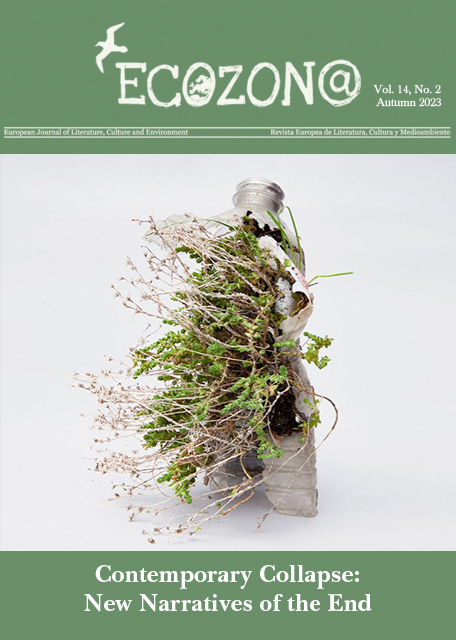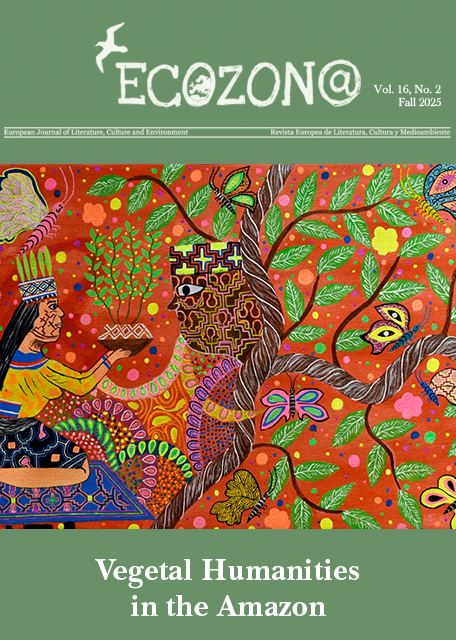Toward a Cultural, Literary and Natural History of the Ibero–American Coyote in the 16th–19th Centuries
DOI:
https://doi.org/10.37536/ECOZONA.2023.14.2.4995Keywords:
coyote, Animal Studies, Ibero-America, fables, natural historyAbstract
The research discussed in this article takes a preliminary approach to the literary and zoological history of the Ibero-American coyote. As an important mythical figure since pre-Hispanic times, the Ibero-American coyote has commonly played the role of trickster in tales and legends throughout Latin America. As a biological species, it has demonstrated extraordinary adaptability in its expansion throughout the American territories in recent years. While the cultural role of the coyote has been variously considered in previous studies, especially its role in North American literature, this historical sketch focuses specifically on the Ibero-American coyote. The research takes an Animal Studies approach, in that it analyzes the relationships between humans and this species of canid in the texts discussed. It is also interdisciplinary in combining various sources and genres (natural histories, Indian Chronicles, geography books, a hunting treatise, fables...), covering a period of nearly four centuries (from the 16th to the 19th). The intention is to read, where possible, the behaviour, meanings and habits given to the coyote in these documents from a point of view that takes into account zoological knowledge about the species, and not just its symbolism or anthropomorphic attributions. This approach to studying animals—and in the case that concerns us, the coyote—allows us to see what these creatures have meant to us, how we have used them in our cultures and societies, and how we have treated them throughout history.
Downloads
Downloads
Published
Issue
Section
License
Authors who publish with this journal agree to the following terms:
a) Authors retain copyright and grant the journal right of first publication with the work simultaneously licensed under a Creative Commons Attribution License that allows others to share the work with an acknowledgement of the work's authorship and initial publication in this journal (CC BY-NC for articles and CC BY-NC-ND for creative work, unless author requests otherwise.
b) Authors are able to enter into separate, additional contractual arrangements for the non-exclusive distribution of the journal's published version of the work (e.g., post it to an institutional repository or publish it in a book), with an acknowledgement of its initial publication in this journal.
c) Authors are permitted and encouraged to post their work online (e.g., in institutional repositories or on their website) prior to and during the submission process, as it can lead to productive exchanges, as well as earlier and greater citation of published work (See The Effect of Open Access).










